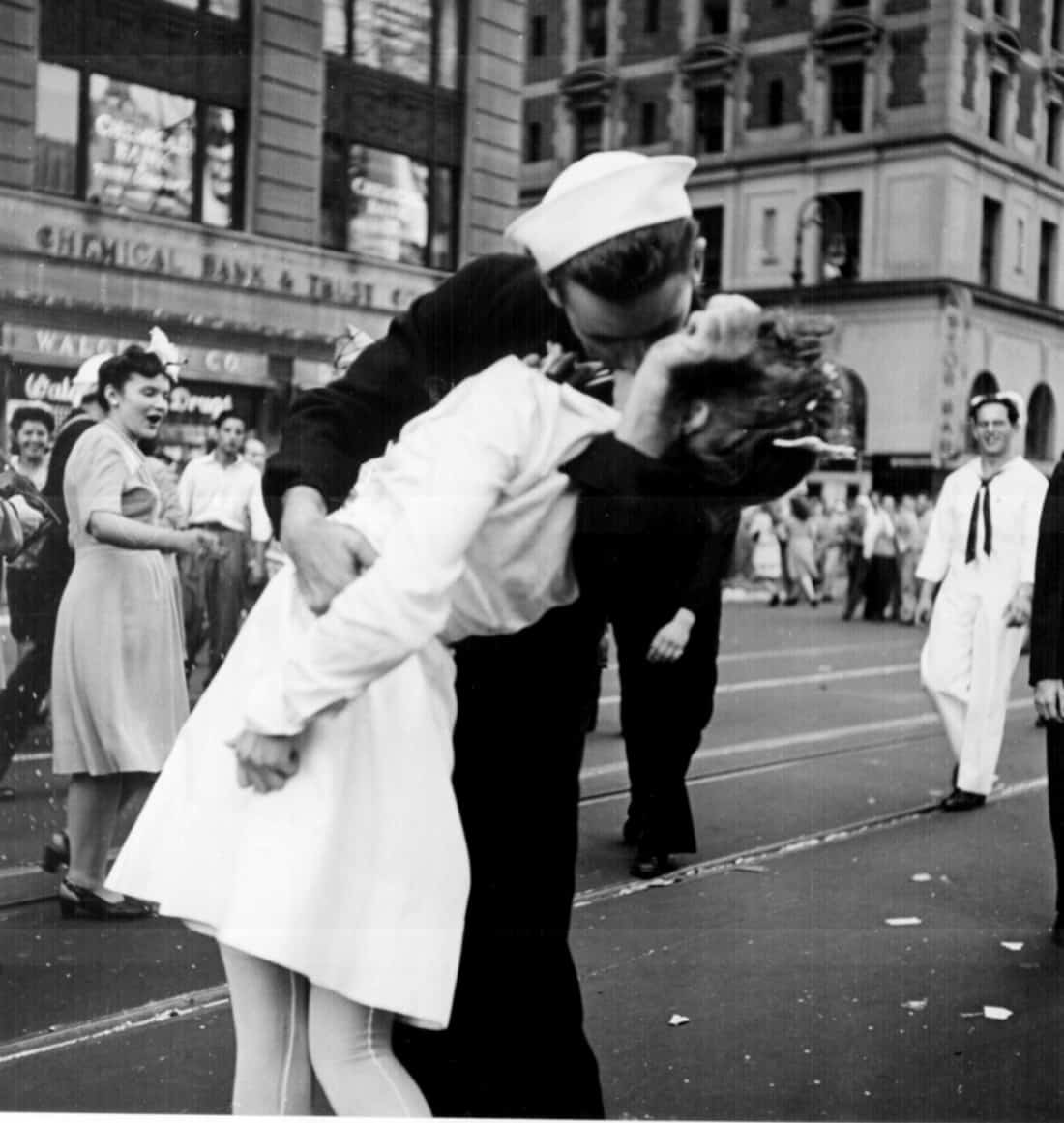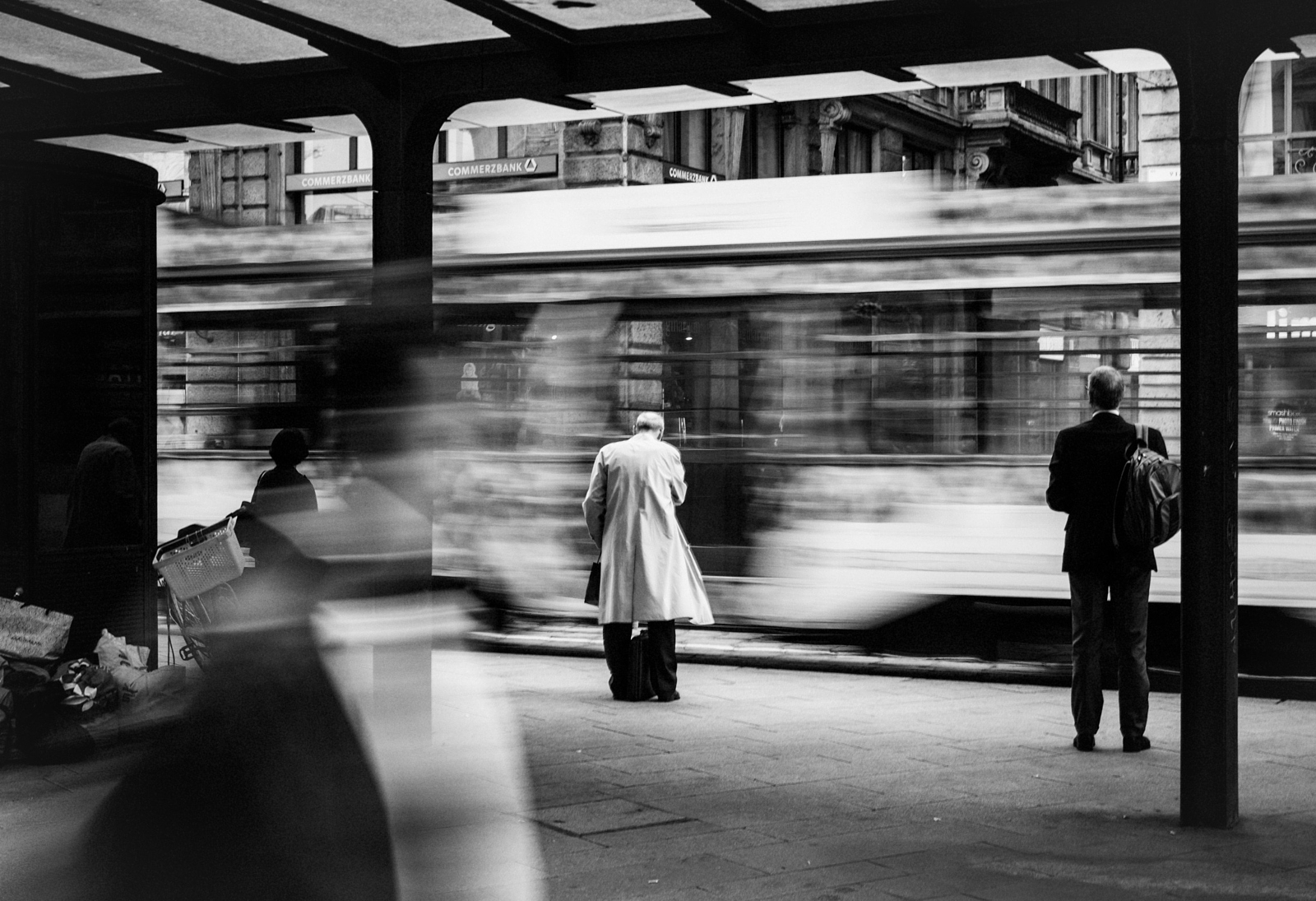Framing Streets - Truths
Rumored Buzz on Framing Streets
Table of ContentsThe Main Principles Of Framing Streets 3 Easy Facts About Framing Streets DescribedSome Ideas on Framing Streets You Should KnowEverything about Framing StreetsFraming Streets - An OverviewThe Buzz on Framing Streets
Photography genre "Crufts Pet Program 1968" by Tony Ray-Jones Street photography (likewise often called honest digital photography) is digital photography performed for art or questions that includes unmediated possibility encounters and random events within public places, generally with the objective of recording photos at a definitive or touching moment by careful framing and timing. 
, that was influenced to take on a comparable documentation of New York City. As the city established, Atget aided to advertise Parisian streets as a deserving subject for photography.

How Framing Streets can Save You Time, Stress, and Money.
The principal Mass-Observationists were anthropologist Tom Harrisson in Bolton and poet Charles Madge in London, and their initial record was produced as the publication "May the Twelfth: Mass-Observation Day-Surveys 1937 by over 2 hundred observers" [] Window cleaner at Kottbusser Tor, Berlin, by Elsa Thiemann c. 1946 The post-war French Humanist Institution photographers found their topics on the street or in the bistro. In between 1946 and 1957 Le Groupe des XV every year exhibited job of this kind. Andre Kertesz. Circus, Budapest, 19 May 1920 Street photography created the major web content of two exhibits at the Gallery of Modern Art (Mo, MA) in New York curated by Edward Steichen, 5 French Photographers: Brassai; Cartier-Bresson, Doisneau, Ronis, Izis in 1951 to 1952, and Post-war European Photography in 1953, which exported the concept of street photography globally.

Some Known Questions About Framing Streets.
, after that an instructor of young youngsters, linked with Evans in 193839.'s 1958 publication,, was considerable; raw and usually out of emphasis, Frank's pictures examined traditional digital photography of the time, "challenged all the formal policies laid down by Henri Cartier-Bresson and Pedestrian Evans" and "flew in the face of the wholesome pictorialism and heartfelt photojournalism of American publications like LIFE and Time".